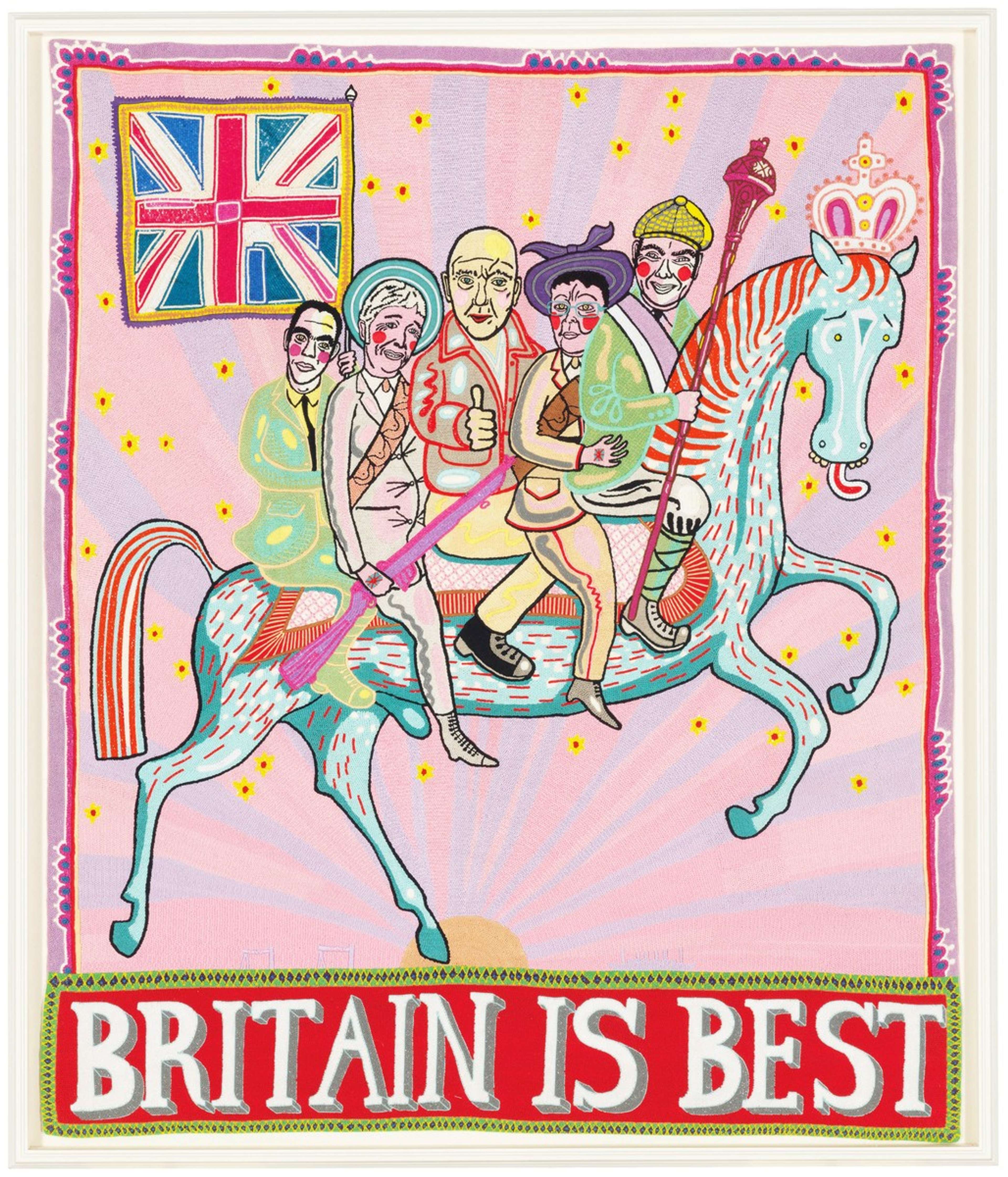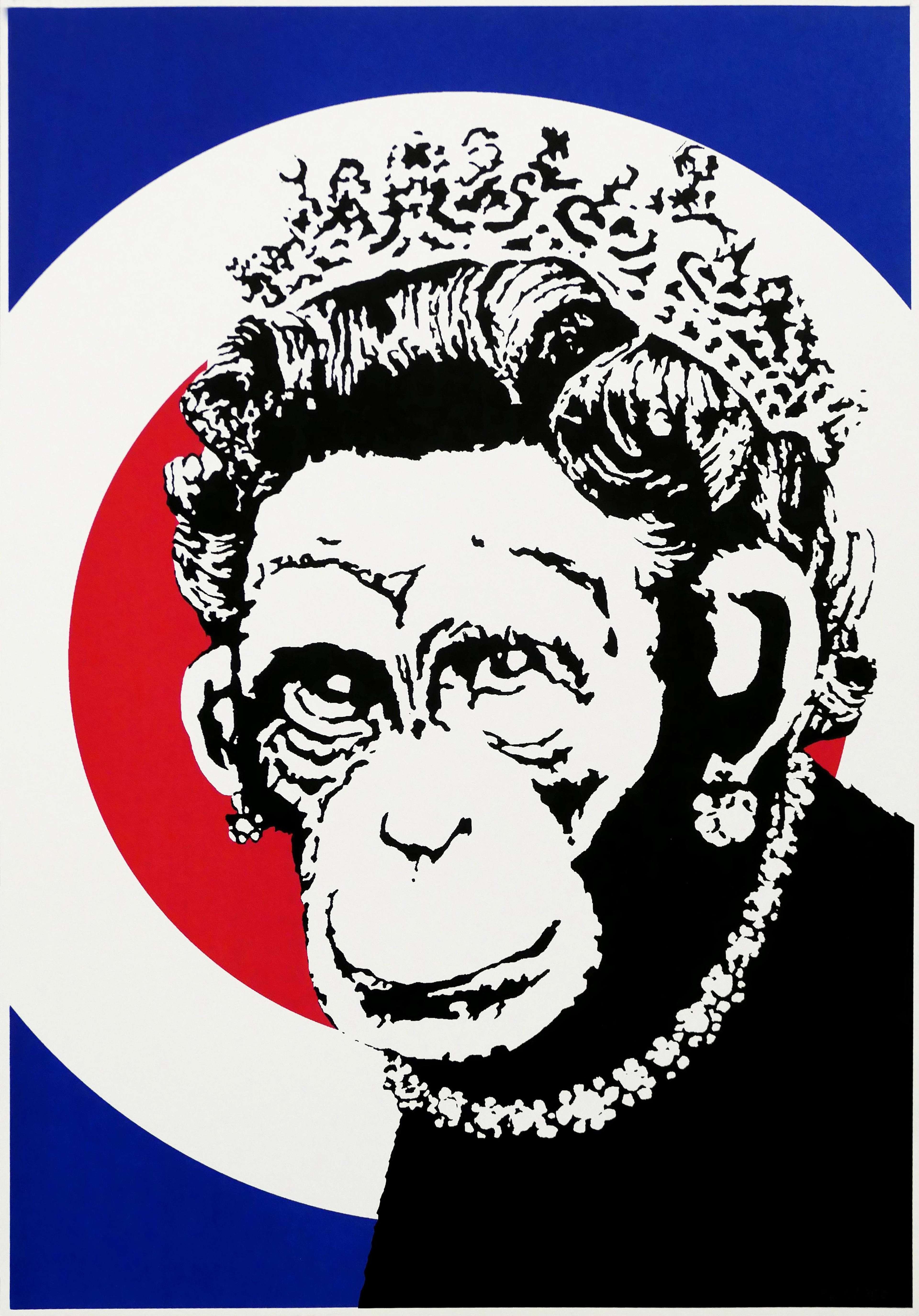The UK Government Art Collection: Prestige, Power & Politics

 Image © Government Art Collection / Luncheon at the British Embassy, Tokyo, 16 February 1983 © David Hockney
Image © Government Art Collection / Luncheon at the British Embassy, Tokyo, 16 February 1983 © David HockneyLive TradingFloor
What role does the UK Government Art Collection play in shaping the cultural and political landscape of the nation? With renowned artists featured in the halls of Parliament, this collection offers a fascinating window into how art becomes an instrument, reflecting and influencing the interplay between prestige, power, and politics.
A Brief Overview of the UK Government Art Collection
The UK Government Art Collection (GAC) has become an emblem of cultural diplomacy, showcasing the nation's creative ability beyond its borders. Its acquisition of artworks began with a humble intention to enhance the visual appeal of government spaces, but it quickly evolved into a prestigious assortment of masterpieces. This remarkable growth was fueled by a diverse range of acquisitions, commissions, and generous donations, resulting in a collection that encompasses a harmonious blend of classical portraiture, sculptures, mixed media, and photography.
In 1946, the appointment of a dedicated curator marked a turning point for the collection, as it recognized the importance of promoting British contemporary art. This decision allowed the collection to embrace the cutting-edge, capturing the spirit of the nation's artistic evolution. Today, with over 14,700 artworks, the GAC continues to inspire and captivate viewers, solidifying its position as a significant cultural asset that transcends time, bridging the gap between history, innovation, and artistic expression.
 Image © Government Art Collection / Hanging Coventry by Jane Sutton in 10 Downing Street © Tim Hammond
Image © Government Art Collection / Hanging Coventry by Jane Sutton in 10 Downing Street © Tim HammondCurating Power: Art Selection for the UK Government Art Collection
The process of selecting and acquiring art for the Collection is a rigorous and complex one, involving a team of experts who are dedicated to finding and acquiring works of art that reflect the diversity and richness of British culture. Curating begins with a careful consideration of the collection's existing works, as well as an assessment of any gaps in its representation of different periods, styles, and mediums. The team then identifies potential acquisitions through research, visits to galleries and studios, and consultation with artists, curators, and other experts in the field.
The team responsible for the GAC undertakes extensive research to identify artworks that possess historical significance. They seek out pieces that capture pivotal moments in British history, represent influential figures, or reflect societal changes. These artworks serve as visual records, offering a tangible connection to the past and providing insights into the political and cultural landscape of the United Kingdom on a global scale.
Upon his visit to the UK Embassy in Cairo, British Ambassador Geoffrey Adams describes his impression of Bridget Riley’s work stating,
Once a work has been selected for acquisition, it undergoes a thorough review by the Collection's acquisitions committee, which assesses its quality, relevance, provenance, condition, and price. If approved by the committee, the work is then purchased or donated to the Collection. Throughout this process, the Collection strives to be approachable and transparent in its operations. With its commitment to preserving and promoting British art for future generations, the GAC is an invaluable resource for scholars, students, artists, and all those who appreciate the power and beauty of visual art.
Politics and Controversy: Debates Around the UK Government Art Collection
The Collection has long been a subject of scrutiny, sparking debates and controversies that delve into the realms of funding, artistic representation, and political influence. As the custodian of an extensive selection of artworks, the GAC faces the challenge of balancing aesthetic considerations with political sensitivities.
The discourse surrounding artistic representation resonates profoundly with the ongoing discussions on diversity, inclusion, and representation within the art world. Critics argue that art collections should authentically reflect the multifaceted nature of society and serve as platforms for amplifying underrepresented voices. This underscores the imperative for art institutions to actively engage with diverse communities and ensure inclusivity in their collections.
In addition to concerns regarding representation, there has been a growing awareness of the provenance and historical context of select artworks. In 2022, over 300 works came under scrutiny due to their connections to slavery and colonialism. This followed a similar process in 2021, where nearly 200 works required reevaluation. These instances highlight the ongoing need for reinterpretation and critical examination of artworks, as the understanding of historical narratives and their impact evolves over time.
The issue of public funding for the arts sparks ongoing global debates, challenging governments to navigate the delicate balance between preserving cultural heritage and addressing pressing societal needs. These discussions raise fundamental questions about the role of art in society, its intrinsic value, and the responsibilities of governments in supporting artistic endeavours.
One aspect that amplifies the controversy surrounding public funding is the allocation of substantial sums towards acquiring artworks, exemplified by the expenditure of nearly £100,000 for two pieces by Willie Doherty and Cathy Wilkes, in the Prime Minister's office at Number 10. While this investment highlights the significance placed on the arts and culture sector, it also prompts reflection considering the timing, as it coincided with discussions of benefit cuts. It is essential to recognize that advocating for neither reduced spending on the arts nor social benefits, the crux lies in fostering an interdependent approach.
Rather than viewing arts funding and societal support as an either-or scenario, a more balanced and nuanced perspective should prevail. Both aspects are integral to a thriving society, and their coexistence should be mutually reinforcing. Governments can embrace their responsibility to ensure adequate support for social welfare while recognizing the value of the arts as a vital tool for societal cohesion, cultural expression, and economic growth.
 Image © Government Art Collection / More Passion © Tracey Emin 2010
Image © Government Art Collection / More Passion © Tracey Emin 2010Artistic Protest: Tracey Emin's Symbolic Move
Tracey Emin, known for her controversial, autobiographical works, had initially bestowed her neon work, More Passion upon former Prime Minister Cameron. However, as the partygate scandal intensified, with allegations of secret parties and flouting of COVID-19 restrictions, Emin made a symbolic move by requesting her artwork be relocated to a British embassy abroad. This act served as a poignant statement of protest against what she perceived as a breach of ethical conduct by those in power.
By reclaiming her artwork and symbolically distancing it from the controversial political environment, Emin highlights the role of art as a means of conveying societal critique and prompting public dialogue. Art has the power to evoke emotions, raise awareness, and initiate conversations. In this context, Emin's act becomes a catalyst for discussions surrounding political ethics, accountability, and the intersection of art and governance.
 Image © Government Art Collection / The Glynn Vivian display in 10 Downing Street © Simon Dawson
Image © Government Art Collection / The Glynn Vivian display in 10 Downing Street © Simon DawsonThe Public's Access to the UK Government Art Collection
Loans and Public Display
The GAC has admirably recognised the importance of public engagement by staging captivating exhibitions across the nation. To increase the accessibility of their collection, they’ve employed the use of loans. Archives, libraries, galleries, and museums are just a few examples of the organisations eligible to request a loan. Because of the loan program, a host of works are made available through public exhibitions in cities across the UK and Europe. The GAC is also currently working to organise its first public display of the collection in London. A refurbished room in the Old Admiralty Building will serve as its headquarters for the highly anticipated debut of works from Tracey Emin, L.S Lowry, and more.
Digital Initiatives
In addition to physical exhibitions and loans, the collection has embraced digital initiatives to enhance public accessibility. The comprehensive online platform allows individuals from around the world to explore and engage with the collection remotely. The GAC website offers a digital database of artworks, providing detailed information and images for public use. These digital initiatives democratise access to the collection, breaking down geographical barriers and reaching audiences who may not have the opportunity to visit physical exhibitions.
Partnership Projects
The GAC actively collaborates with diverse partners to cultivate opportunities for supporting and showcasing the Collection, constantly seeking innovative avenues to engage broader audiences. Partnership Projects enable the GAC to do so by collaborating with museums and galleries outside of Number 10 in tandem with community programming.
The Impact of the UK Government Art Collection on the Art Market
The UK Government Art Collection exerts a significant influence on the art market, particularly through its inclusion of works by renowned contemporary artists. Artists like Tracey Emin, Bridget Riley, David Hockney, and Damien Hirst, whose works are featured in the collection, hold substantial sway in shaping the market trends and prices.
The inclusion of contemporary artists in the collection not only elevates their visibility but also enhances their market value. When artworks by these prominent artists become part of the GAC, it solidifies their status as important figures within the art world. This recognition by a prestigious institution like the government collection increases their desirability among collectors, galleries, and investors, resulting in heightened demand and potentially higher prices for their artworks in the market.
By acquiring and displaying works by both established and emerging British artists, the collection serves as a powerful endorsement of artistic talent, providing artists with an invaluable platform and economic support. In response to the COVID-19 pandemic, the GAC acquired art from over 40 artists throughout the UK. This governmental patronage acts as a springboard for artists, bolstering their careers and facilitating opportunities for future success while offering them increased exposure and credibility within the art community.







